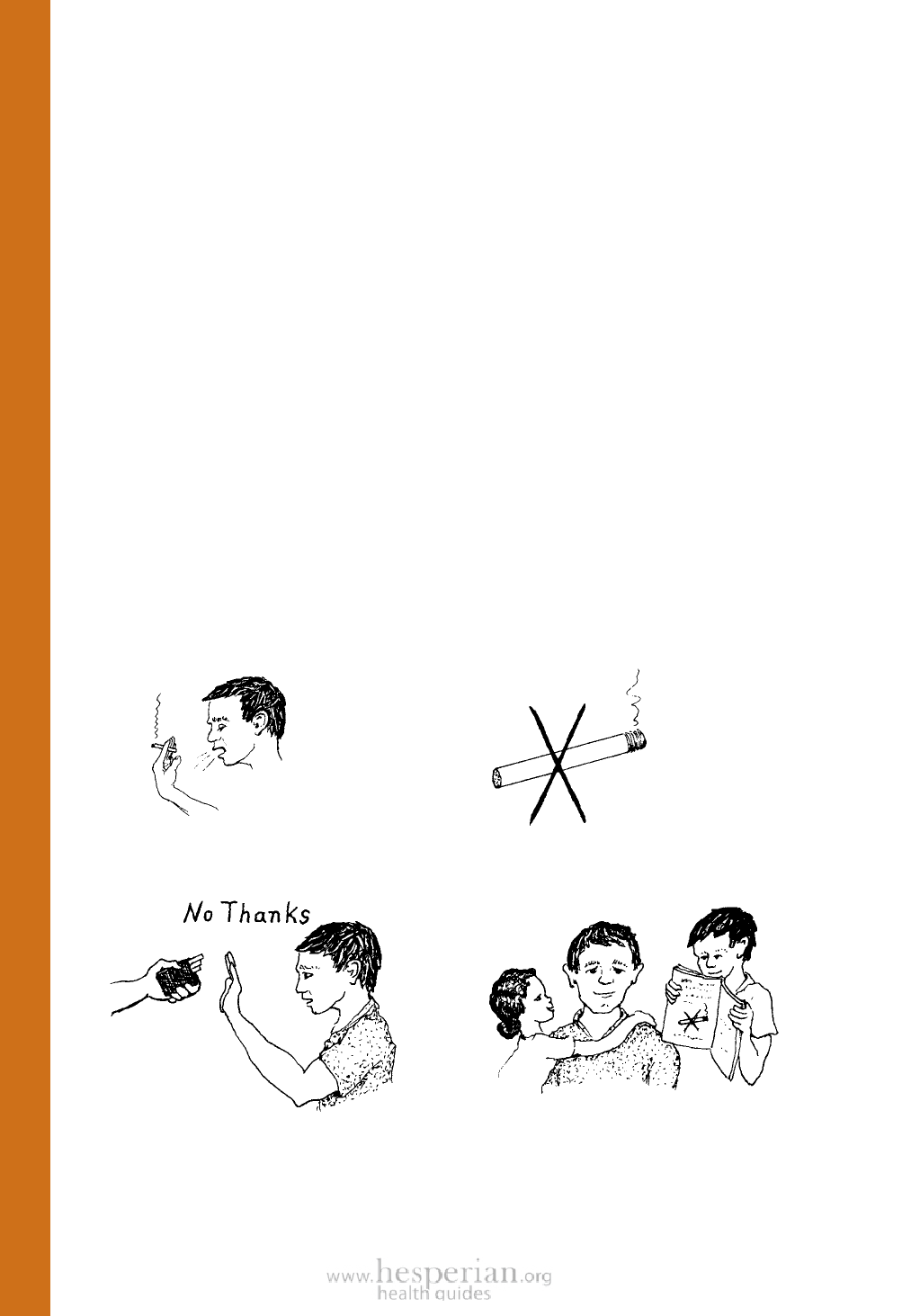
Where There Is No Doctor 2011
TAKE A GOOD LOOK AT YOUR COMMUNITY
Because you have grown up in your community and know your people well, you
are already familiar with many of their health problems. You have an inside view. But in
order to see the whole picture, you will need to look carefully at your community from
many points of view.
As a village health worker, your concern is for the well-being of all the people—not
just those you know well or who come to you. Go to your people. Visit their homes,
fields, gathering places, and schools. Understand their joys and concerns. Examine
with them their habits, the things in their daily lives that bring about good health, and
those that may lead to sickness or injury.
Before you and your community attempt any project or activity, carefully think about
what it will require and how likely it is to work. To do this, you must consider all the
following:
1. Felt needs—what people feel are their biggest problems.
2. Real needs—steps people can take to correct these problems in a lasting way.
3. Willingness—or readiness of people to plan and take the needed steps.
4. Resources—the persons, skills, materials, and/or money needed to carry out the
activities decided upon.
As a simple example of how each of these things can be important, let us suppose
that a man who smokes a lot comes to you complaining of a cough that has steadily
been getting worse.
1. His felt need is to get rid of his cough.
2. His real need (to correct the problem)
is to give up smoking.
3. To get rid of his cough will require his
willingness to give up smoking. For this he
must understand how much it really matters.
w8
4. One resource that may help him give up
smoking is information about the harm it can do
him and his family (see p. 149). Another is the
support and encouragement of his family, his
friends, and you.